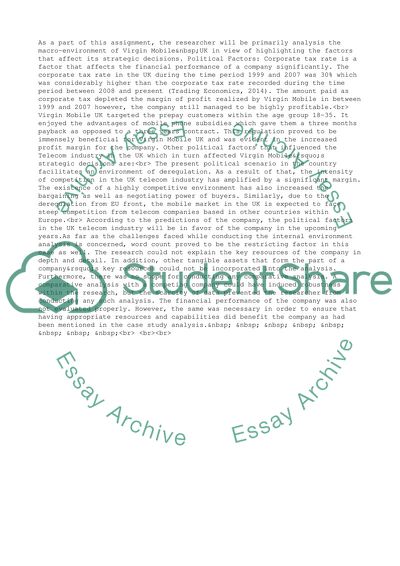Cite this document
(“The Direct Control of the Organization Coursework”, n.d.)
The Direct Control of the Organization Coursework. Retrieved from https://studentshare.org/management/1653825-analysis-the-case-study-of-virgin
The Direct Control of the Organization Coursework. Retrieved from https://studentshare.org/management/1653825-analysis-the-case-study-of-virgin
(The Direct Control of the Organization Coursework)
The Direct Control of the Organization Coursework. https://studentshare.org/management/1653825-analysis-the-case-study-of-virgin.
The Direct Control of the Organization Coursework. https://studentshare.org/management/1653825-analysis-the-case-study-of-virgin.
“The Direct Control of the Organization Coursework”, n.d. https://studentshare.org/management/1653825-analysis-the-case-study-of-virgin.


